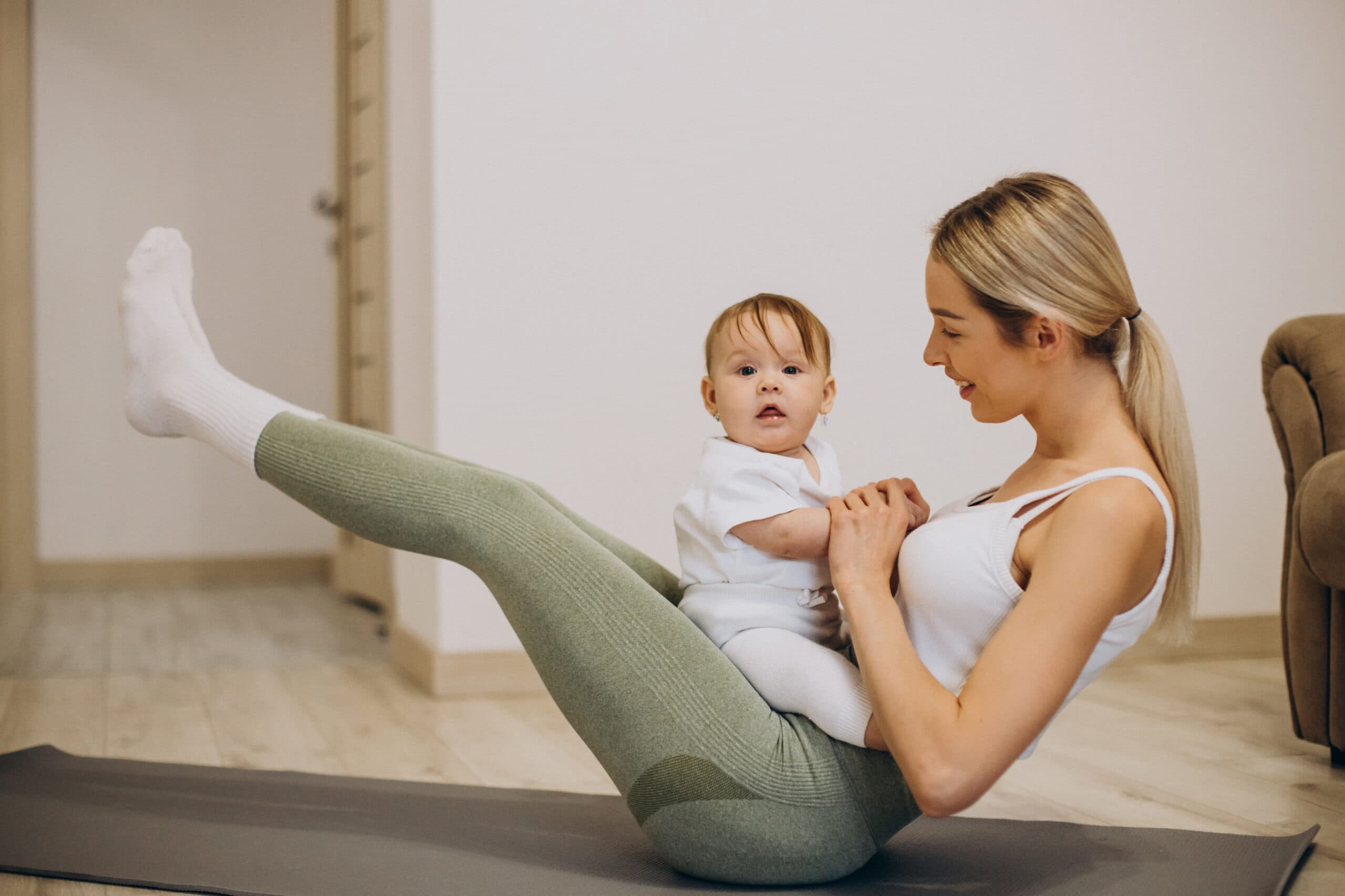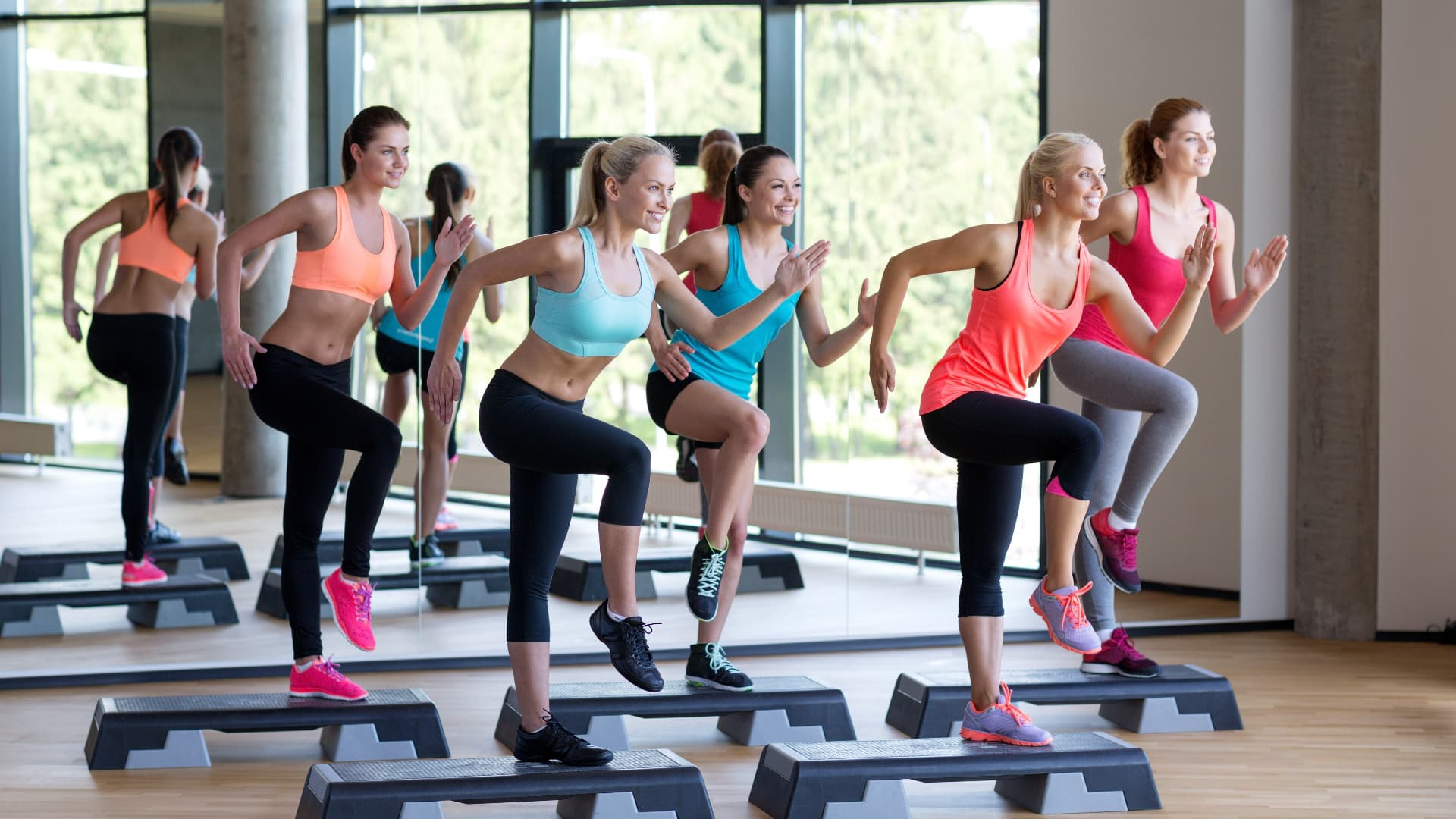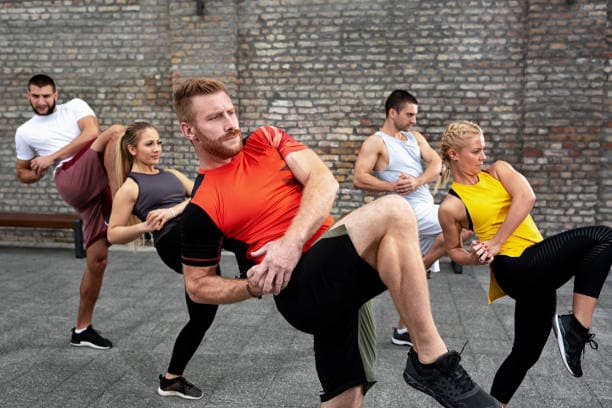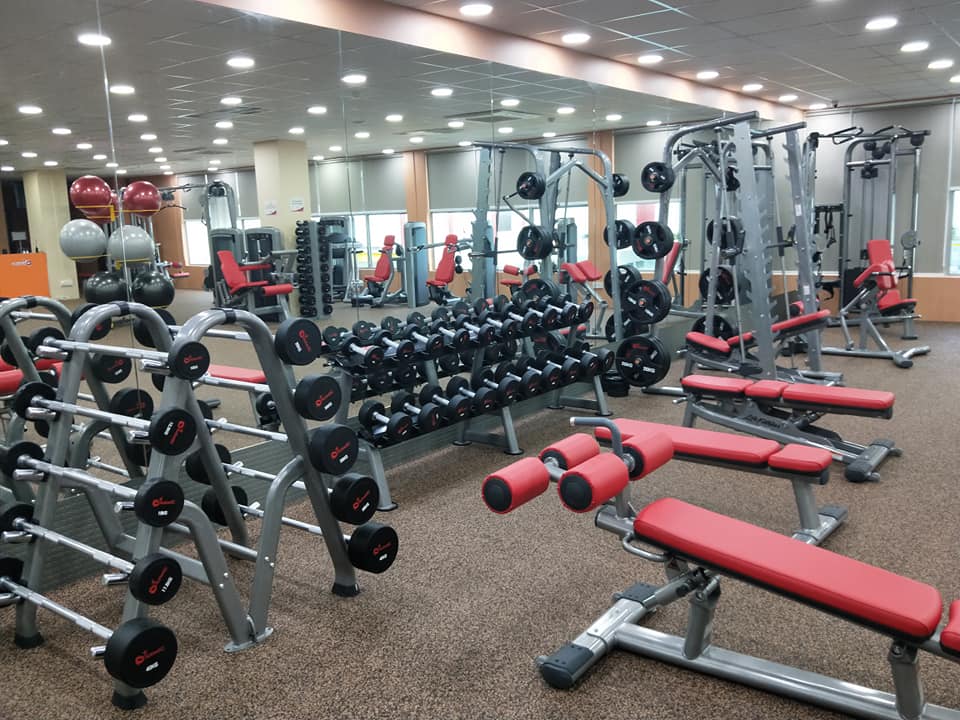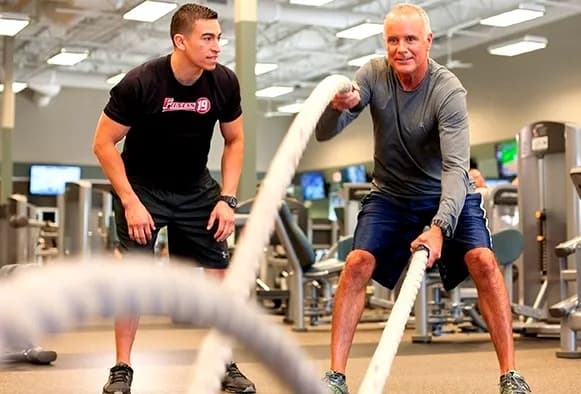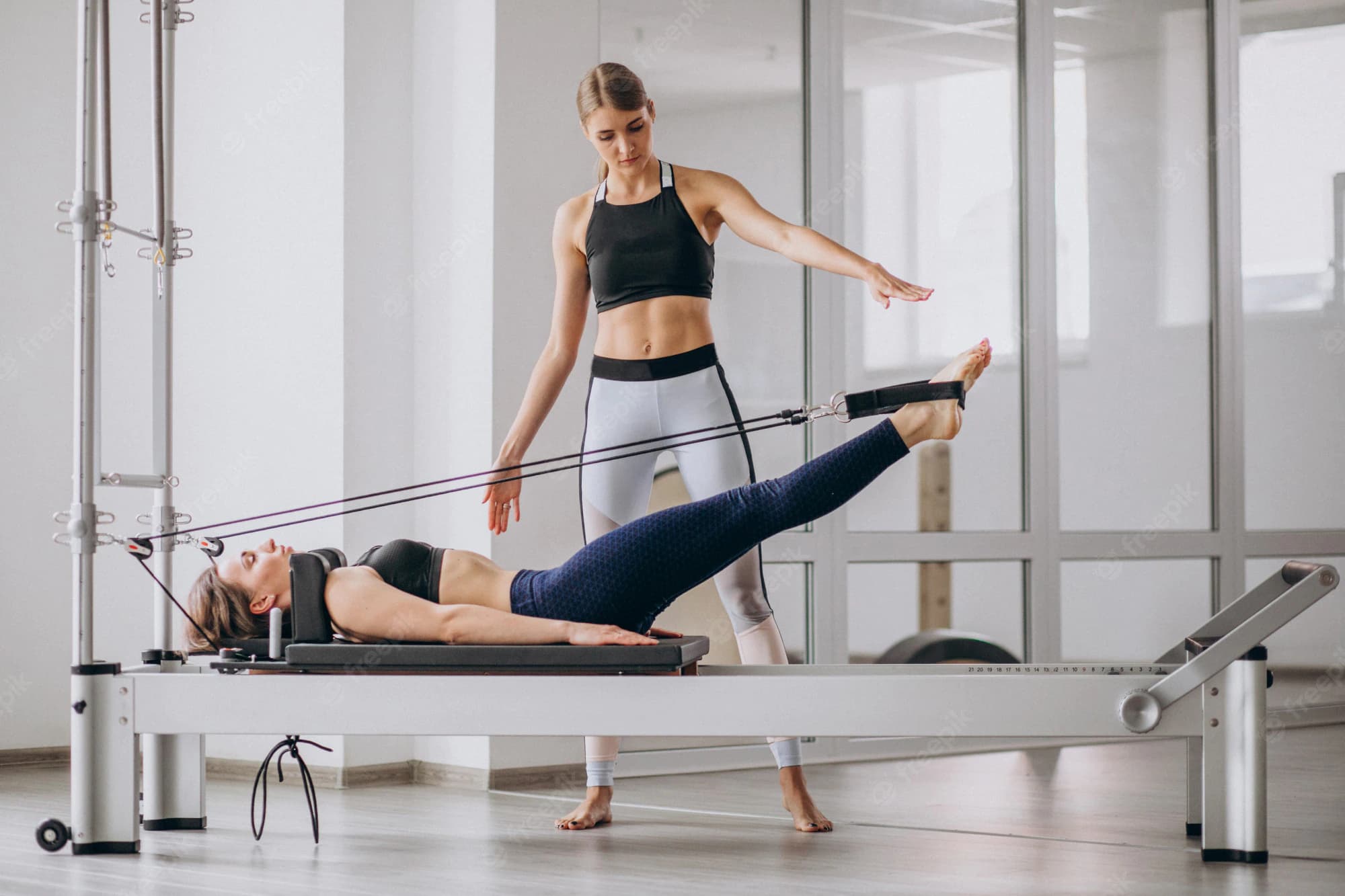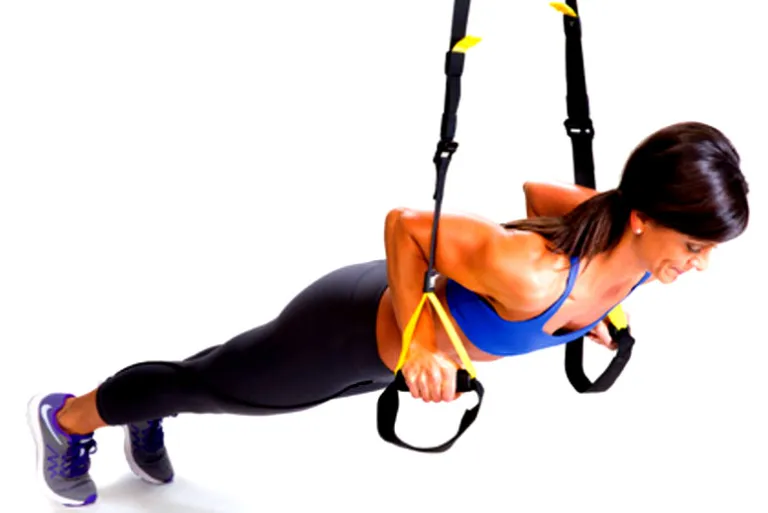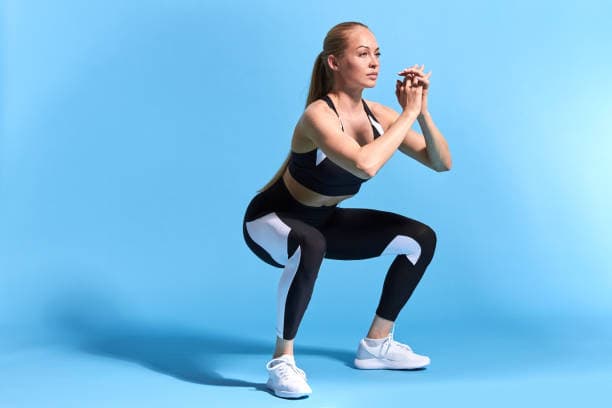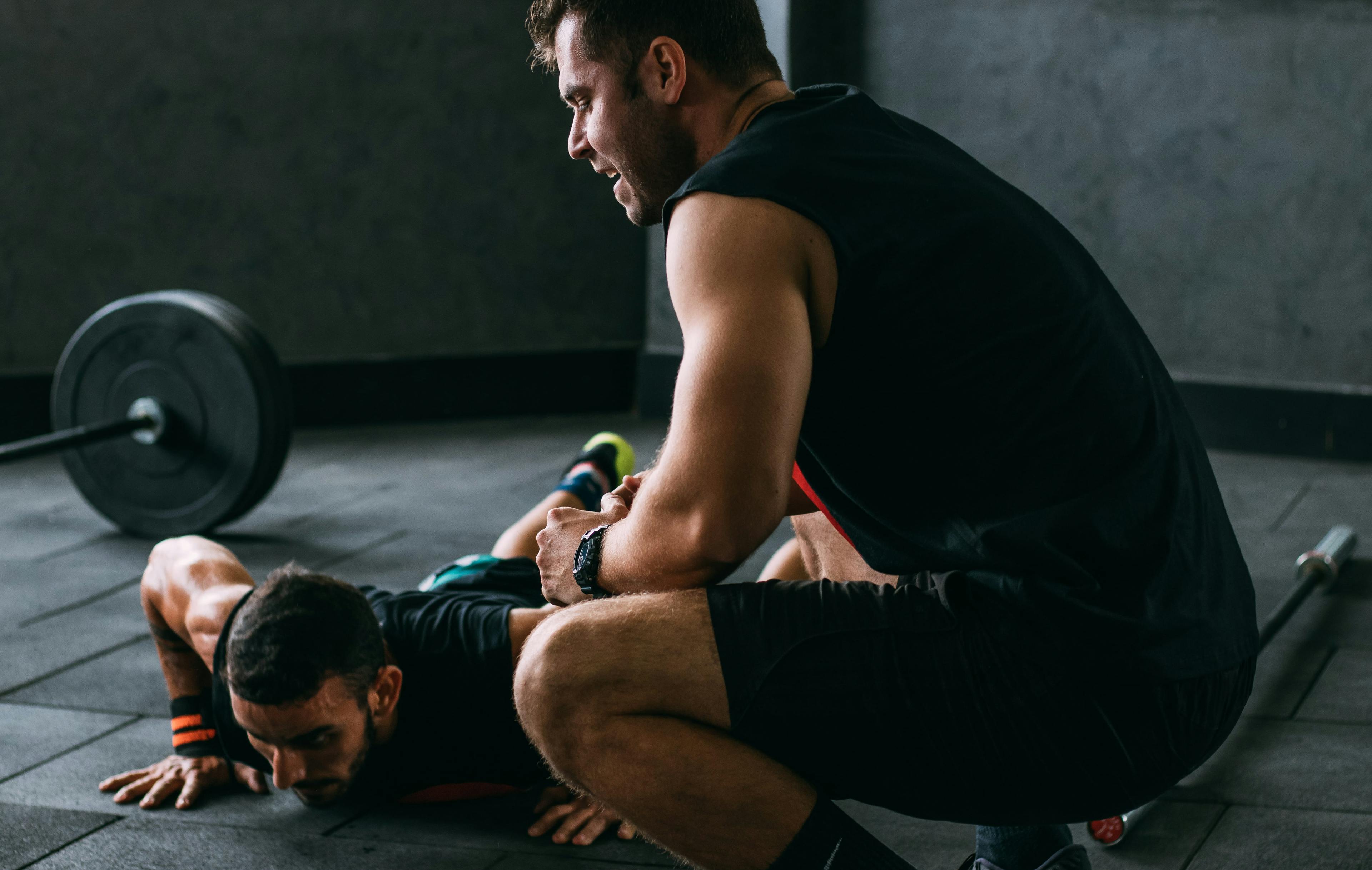Recovering from an injury can be frustrating, especially if you’ve been active or were just starting your fitness journey. In Singapore, where city life is fast-paced and routines are tightly packed, taking time off from exercise can feel like a step back. However, returning to exercise too soon — or without proper guidance — can result in re-injury or delayed healing.
This is where a certified personal trainer becomes essential. Whether you’ve had a sprain, muscle tear, or surgery, working with a trainer can help you regain strength, confidence, and movement safely.
- 1. Understand the Nature of Your Injury
- 2. Choose a Trainer with Rehab Experience
- 3. Set Realistic Fitness Goals Post-Injury
- 4. Prioritise Mobility and Activation Work
- 5. Watch Out for Pain vs. Discomfort
- 6. Modify Exercises (and Expectations)
- 7. Monitor Progress with Assessments
- 8. Incorporate Rest and Recovery
- 9. Rebuild Mental Resilience
- 10. Know When to Scale Up
1. Understand the Nature of Your Injury
Before you even start training again, make sure you understand what kind of injury you’re dealing with.
- Was it a soft tissue injury like a sprain or strain?
- Was it a fracture, or did it involve tendons or ligaments?
- Did your doctor clear you for physical activity?
A personal trainer will often request a medical clearance or recommendation from your physiotherapist. This ensures they design a programme that aligns with your recovery timeline and physical limitations.
Tip: Bring any notes, scans, or medical advice to your first session. It provides the trainer with crucial context.
2. Choose a Trainer with Rehab Experience
Not all personal trainers are experienced in post-injury rehabilitation. In Singapore, many gyms and fitness studios offer trainers with specialisations in corrective exercise, sports rehab, or functional training. Look out for certifications such as:
- ACE Certified Orthopaedic Exercise Specialist
- NASM Corrective Exercise Specialist
- FISAF Rehab Trainer
These trainers understand biomechanics and injury-specific recovery plans. They’ll know which exercises are safe, what movements to avoid, and how to scale intensity without compromising healing.
3. Set Realistic Fitness Goals Post-Injury
Your goal might be to get back to running marathons or lifting heavy again—but that takes time. A personal trainer can help you set short-term milestones such as:
- Improving range of motion
- Reducing stiffness
- Strengthening supporting muscles
- Rebuilding mobility
By focusing on realistic goals, you avoid the mental trap of comparison, especially common when you’re training beside others in gyms like Fitness First, Anytime Fitness, or even your HDB estate gym.
4. Prioritise Mobility and Activation Work
One of the first steps your trainer will take is to restore mobility in the affected area. This often includes:
- Foam rolling and myofascial release
- Stretching
- Band work and light resistance training
- Joint-specific activation drills
For example, if you’ve injured your shoulder, you may start with scapula stability drills and gentle external rotations with a resistance band before progressing to heavier lifts.
Always remember, skipping this foundational work may lead to compensation in other areas, resulting in new injuries.
5. Watch Out for Pain vs. Discomfort
Here’s a key rule your trainer will emphasise: pain is not gain.
Mild discomfort is normal during rehabilitation, your muscles are regaining strength, but sharp or throbbing pain is a red flag. Your trainer should constantly check in:
- “How does this feel?”
- “Is this pressure or pain?”
- “Are you still okay to continue?”
Be honest in your responses. Overachieving mindsets are common, but they can set you back weeks if you push too hard too soon.

6. Modify Exercises (and Expectations)
A great trainer knows how to tweak common movements to suit your condition.
Instead of full squats, you might start with box squats or wall sits.
Instead of planks, try bird-dogs or dead bugs for core activation.
Instead of push-ups, incline wall presses may be the better option.
Each modification builds strength without overloading vulnerable joints or muscles. Over time, you’ll gradually progress to more challenging versions.
7. Monitor Progress with Assessments
Personal trainers will often use simple tests and metrics to track your improvement:
- Mobility tests (e.g., shoulder flexion, hip rotation)
- Strength assessments (e.g., isometric holds, resistance bands)
- Functional movements (e.g., step-ups, lunges)
By documenting your progress every 2 to 4 weeks, your trainer can adjust the programme. It also keeps you motivated, as you see how far you’ve come.
8. Incorporate Rest and Recovery
Recovery is part of training. Your trainer will include rest days, and possibly recommend:
- Ice or heat therapy
- Sports massage
- Stretching or yoga
- Active recovery sessions
If you’re training in Singapore’s humid weather or at outdoor gyms in neighbourhood parks, hydration and rest become even more important.
You may also be advised to use supportive gear such as compression sleeves or kinesiology tape during and after workouts.
9. Rebuild Mental Resilience
Injuries affect not just the body, but also your confidence. A good personal trainer doesn’t just focus on the physical side—they also help you rebuild your mindset.
You may feel anxious attempting certain moves again, especially if that’s how you got injured. Having a trainer guide and reassure you can help restore trust in your body.
Trainers may also help you celebrate small wins, like:
- “You walked pain-free today.”
- “You completed full range shoulder mobility!”
- “You held a 30-second balance on your injured ankle!”
10. Know When to Scale Up
At a certain point, you’ll be ready to return to your regular fitness routine. A trainer will gradually reintroduce:
- Heavier weights
- Higher-impact movements
- Faster tempo sets
- Compound exercises
This stage is crucial. You’re moving from recovery to performance. By listening to your trainer and being patient with yourself, you avoid relapse.
Final Thoughts
Returning to exercise after an injury doesn’t have to be scary. With the right personal trainer, you’ll gain structure, support, and confidence. In Singapore, with its active lifestyle and convenient access to gyms, working with a professional helps you get back on track.
Whether you’re training at a condo gym, boutique studio, or public fitness corner, take your time, trust the process, and train smart.


